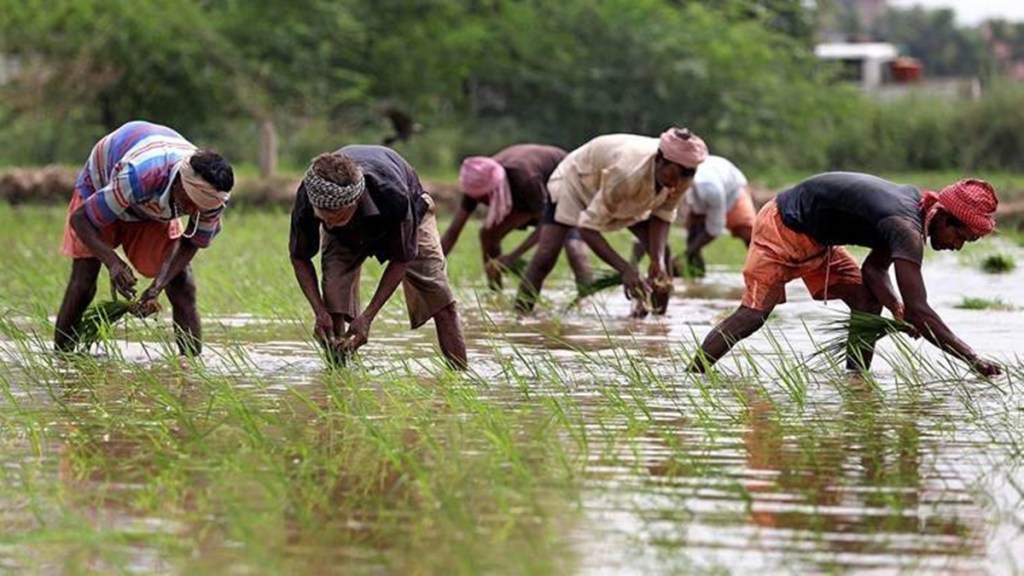Farmers have again threatened an agitation if their demands are not met. Their key demands include the fixing of a profitable rate of return over production costs for all crops and ensuring its implementation, higher income support under the PM Kisan Samman Yojana, among others. This suggests that the narrative of agrarian distress still persists with farmer income coming under severe stress as cultivation at the margin is getting increasingly unviable due to costlier inputs. Their income is also low relative to the incomes of non-agricultural workers. The average farmer is also now more of an agricultural labourer than cultivator as the share of wages is as high as 40% in average household monthly income, according to the National Statistical Office’s situation assessment of agricultural households report of 2018-19 (July to June). Their indebtedness is also high. To ameliorate this state of affairs, prime minister Narendra Modi seven years ago outlined the idea of doubling farmer incomes by 2022. Although the PM referred to the current or nominal income of farmers, the inter-ministerial committee—constituted in April 2016 to examine this issue and indicate a roadmap—has interpreted the doubling of incomes after adjusting for inflation.
The issue then is whether farmer real incomes have doubled in the last seven years. The ruling NDA regime states that its policy interventions in this regard have yielded “very positive results”, according to the Union agriculture minister’s written reply to the Lok Sabha. The difficulty in putting out hard numbers is that there are no estimates of farmer incomes published by the National Statistical Office although quarterly and annual estimates are available for gross value addition in agriculture. NSSO’s situation assessment reports of 2018-19 and 2012-13 are dated to assess the doubling proposal. Niti Aayog member Ramesh Chand recently told FE that the real income of farmers may increase by around 70% through June 2023. This amounts to double the increase in real GVA in agriculture, forestry and fishing as a proxy for farm income till H1 FY23. The higher increase in farmer incomes is plausible only if the number of cultivators have declined over this period. But this cannot be verified. As a big share of average household monthly incomes are wages, the situation is grim as the average annual growth of 5% per annum in daily wages has been eroded by inflation during the last eight years, according to RBI’s Handbook of Statistics on States.
Also read: Unlocking the potential of hospitality
Forget doubling, if there was even a significant increase in real farmer incomes, why would farmers threaten an agitation? Agrarian distress conditions arise as most of them continue cultivation on holdings that are diminishing in size as there are limited possibilities to move to urban areas due to the absence of opportunities in industry. The need is to step up investments not just in crop cultivation but also livestock and fishing. There is also the need for crop diversification, from staple cereals to high-value crops that can boost farmer incomes. Looking ahead, the big challenge for government policy is to build more irrigation facilities to reduce monsoon-dependence. There is a need to prepare for extremely heavy as well as poor rainfall and develop drought-resistant and short duration crops. Agri R&D must be stepped up as every rupee spent improves sustainable farmer livelihoods and incomes.

